St. Louis Bike/Pedestrian/Smoke-Free Advocate Martin Pion (1936-2018)
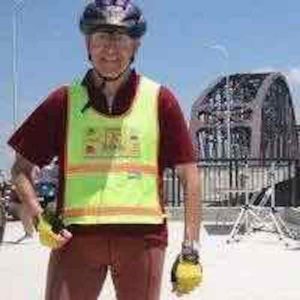
This week St. Louis lost a great advocate, visitation was last night.
Martin Pion, 81, passed away on Tuesday, March 27, 2018 at his home.
Dear husband of Joyce Pion; dear father of Jerome (Sarah) Pion; Loving grandfather of David and Katie Pion; beloved uncle of Nicola (Kim) Teoh, Stephan (Jenny) Williams and Karen (Stacey) Williams dear great uncle to James and Andrew.
Martin and his family came from England in 1977. He loved the environment, bicycling and was a founding member and president of GASP (Group Against Smoking Pollution).
Memorial visitation will be Thursday, March 29, 4-7pm at HUTCHENS Mortuary, 675 Graham Rd, Florissant.
In lieu of flowers donations may be made to charity of choice. (Hutchins)
Martin and I shared many interests including bicycling and smoke-free environments. Though we didn’t always agree, our disagreements were some of our best conversations. More often, we did agree — because of our shared beliefs we both supported Sen. Bernie Sanders in the 2016 primary.
I first met Marin in the late 90s when I took his Road 1 bicycling course — he was the only instructor certified by the League of American Bicyclists teaching in the region. Later, while we were both serving as board members of the now-defunct St. Louis Bicycle Federation, he got me and other board members to also become certified instructors.
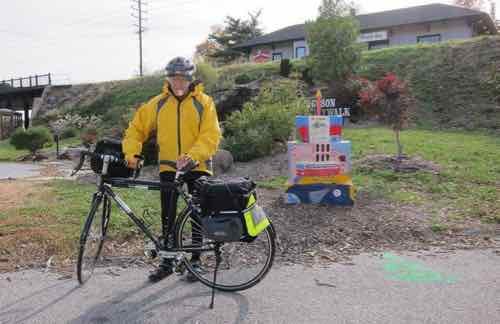
Even after my 2008 stroke he pushed me to not give up on cycling. I went to their home in Ferguson where he filmed me riding one of his English trikes.
Martin helped get me on the trike then used my iPhone to record the video. Afterwards, to get me off the trike, he had to tip me over onto a bed of ivy them help me up. We determined it would take a trike made from a bike with a very low cross bar to work for me.
We also spent many hours discussing technology and blogging. I got him to move from a static website to a WordPress blog — see ThinkBicycling!
Martin invested in cameras and posted numerous videos to YouTube and Vimeo. Martin was a huge advocate of bicycling within traffic, not being pushed off into inadequate bike lanes. Both videos below feature mutual friend Karen Karabell.
And a look at the protected bike lane on Chestnut.
It’s so great to hear Martin’s soft voice. Here’s how he described himself on Vimeo:
Scientist, majoring in Physics & Math., with environmental interests and sustainability, including promoting smoke-free air and proficient on-road bicycle transportation.
You’ll be missed friend.
— Steve Patterson
 Last week we learned nw U.S. Census estimates show the St. Louis metropolitan area dropping from 20th to 21st in terms of population.
Last week we learned nw U.S. Census estimates show the St. Louis metropolitan area dropping from 20th to 21st in terms of population.
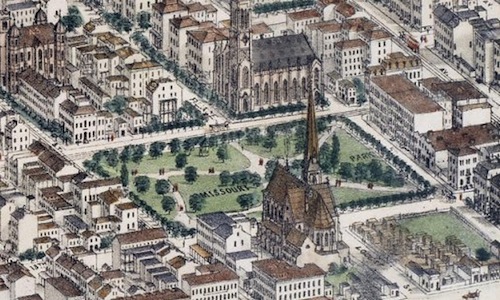

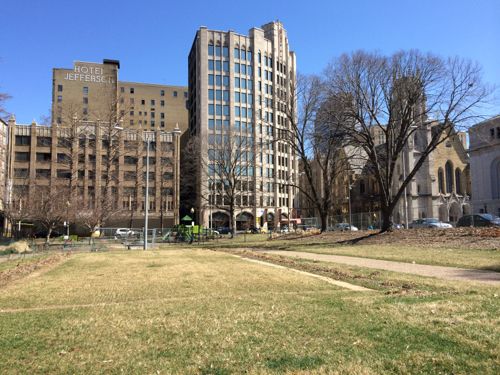

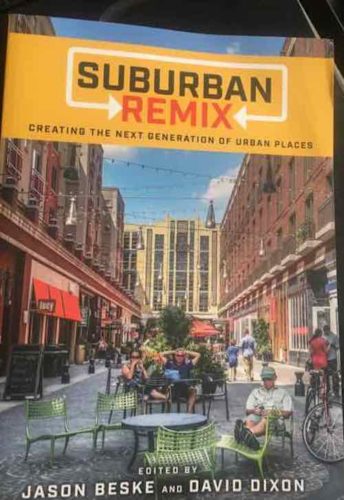 The book I want to share with you today is about one of my favorite subjects — what to do with millions of acres of suburban sprawl.
The book I want to share with you today is about one of my favorite subjects — what to do with millions of acres of suburban sprawl.